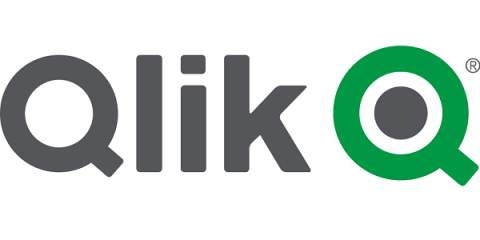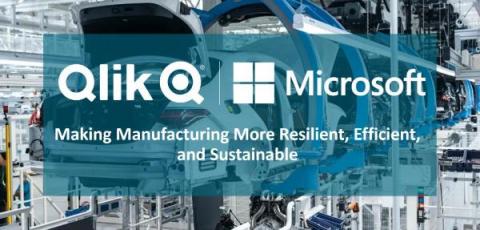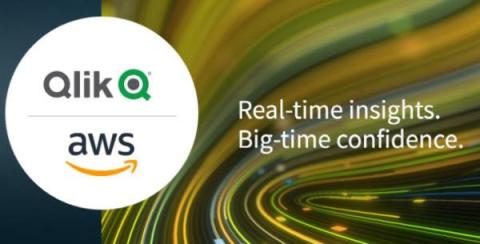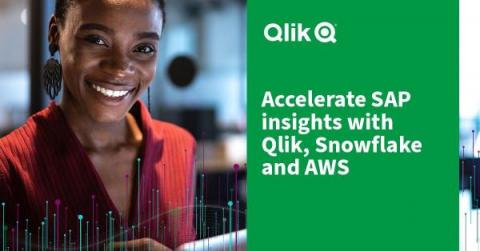Qlik Ahead: Our Direction for 2023
In just a couple of weeks, I will be in Singapore for our first in-person Sales Kick Off since 2020, and I can’t wait to join colleagues as we prepare our organization for the year ahead – first in the APAC region, quickly followed by Europe and the Americas.







